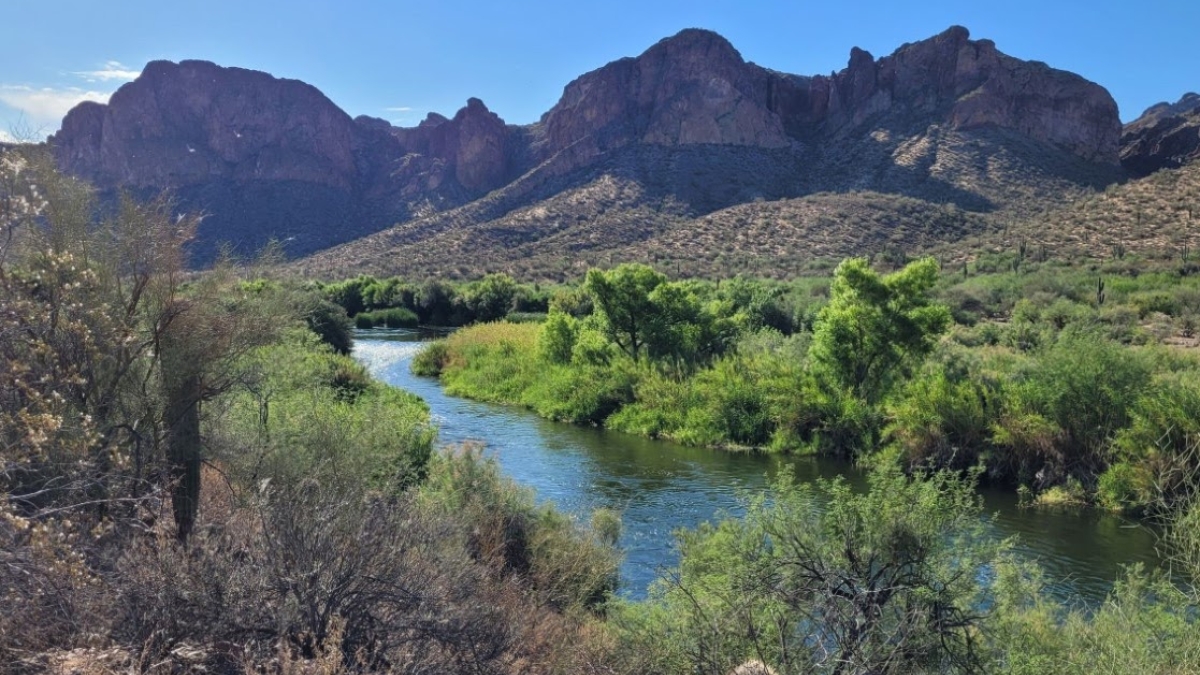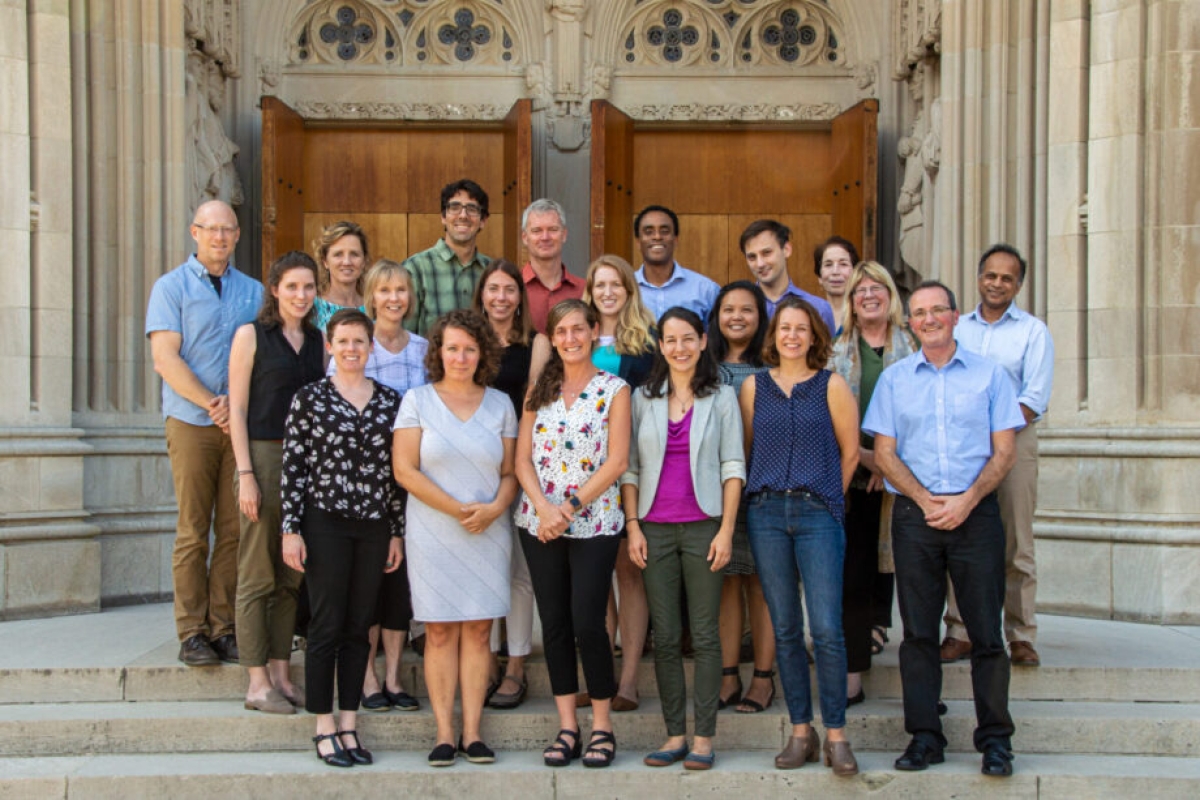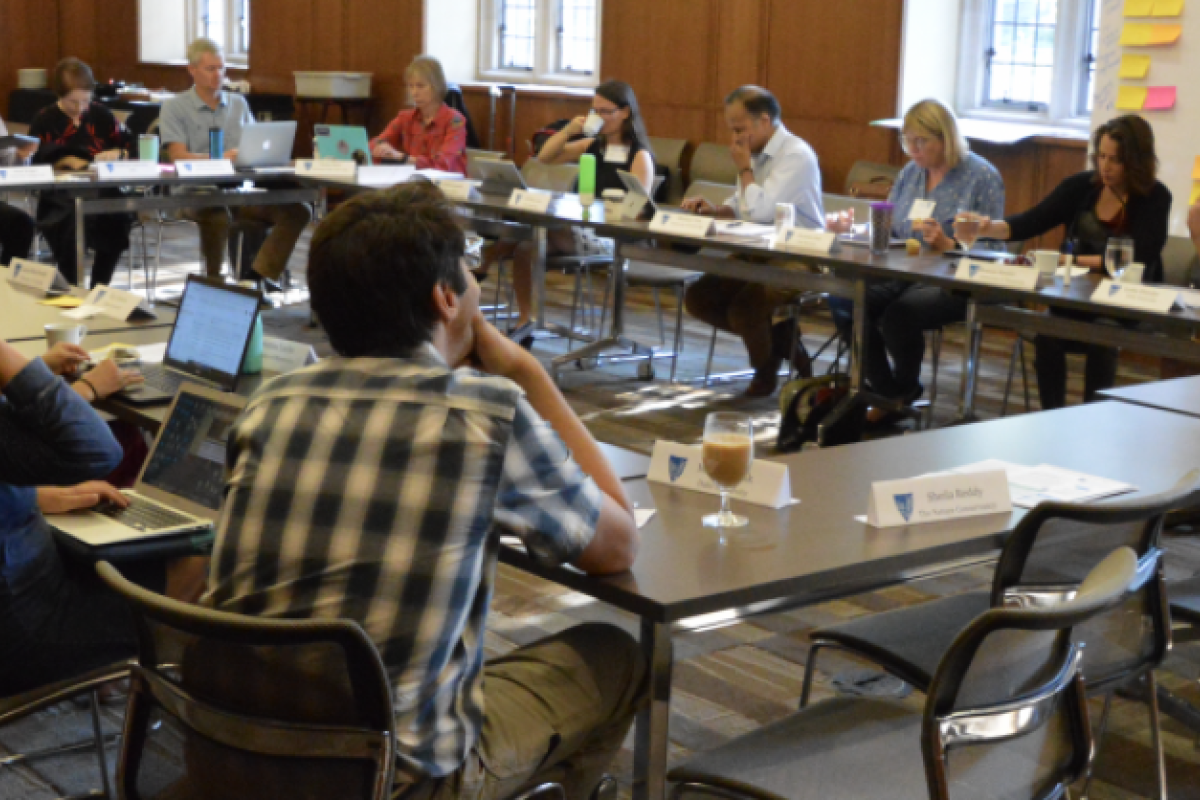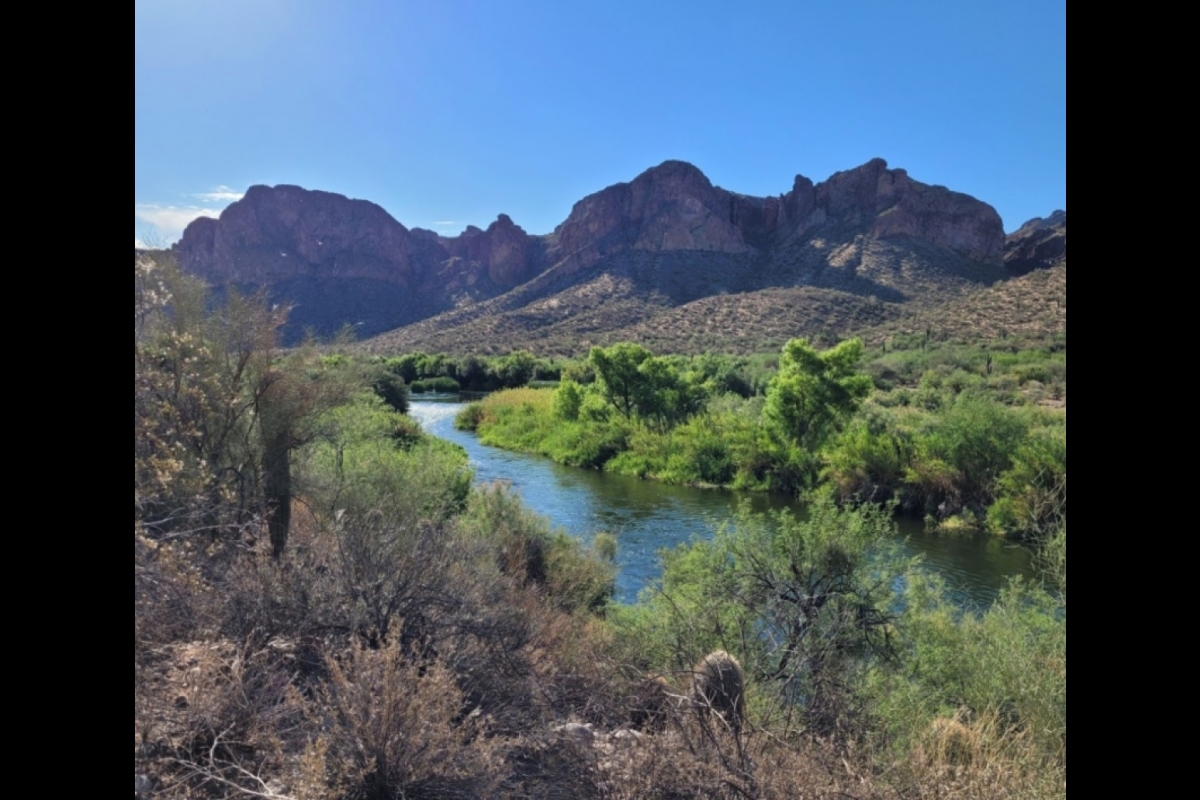Today's students increasingly demand engaged scholarship — curricula and research opportunities directly relevant to addressing climate change, misinformation, widespread social unrest and other sustainability, environmental and social challenges. But they often find the traditional university model ill-equipped to deliver that worldly engagement.
This lack of engagement by academia is a traditional narrative Arizona State University has dramatically upended in serving the nation, state and community, as evidenced in its charter, mission and vision of a New American University, and most recently, as the most innovative university in the nation eight years in a row.
Now, ASU professors Leah Gerber and Nancy Grimm have taken some of the best lessons learned to help share their knowledge by contributing to a new guidebook for academia.
They’ve contributed to a new book — "The Guidebook for the Engaged University" — that provides a comprehensive roadmap for administrators, faculty and students who want to make their institutions of higher education systematically more welcoming to engaged research — and avoid accusations of ivory-tower irrelevance.
Grimm and Gerber are part of an an international network of hundreds of researchers working to make universities more supportive of engaged scholarship with real-world impact. Written and published by Beyond the Academy, the new guidebook highlights university best practices to foster and support engaged scholarship — aligning their structures, incentives and outcomes with solving the defining problems of our generation.
"Business-as-usual approaches to academic research and teaching aren't enough to solve these challenges," says Bonnie Keeler, director of Beyond the Academy and faculty member at the University of Minnesota's Humphrey School of Public Affairs.
"We hope the guidebook encourages others to advocate for reforms in their own institutions and serves as a reminder that change is not only possible, but happening at universities all across the globe."
Tackling the greatest challenges
One of the greatest challenges ASU has undertaken for the benefit of the community it serves is the future health and sustainability of our planet. After launching the very first School of Sustainability a decade ago, ASU’s commitment to sustainability has evolved to now become the Rob and Melani and Walton Center for Planetary Health, which treats the Earth in a new emergency health-care model to help cure the effects of climate change.
Gerber is enthusiastic about what the guidebook’s publication could catalyze, particularly to meet the global challenge of biodiversity in an age of human-caused climate change:
"There is nothing more inspiring than conducting cutting-edge research with real-world applications. At the Center for Biodiversity Outcomes, we not only produce actionable science, we share it with organizations outside academia who are making a difference both on the ground and in the real world,” she said.
“We look forward to a broad dissemination of the guidebook to encourage other institutions, particularly STEM departments, to value actionable science in equal measure with conventional data-driven science. This is not just about changing institutional norms in science production; it is about increasing applicable knowledge that will help ensure our planet’s future."
Gerber’s students are also excited about the guidebook.
"In being a part of an interdisciplinary program like Biology and Society at ASU, I know firsthand that the need for resources like this is there,” said graduate student Olivia Davis. “Our science cannot exist in a vacuum — it impacts so many people in so many different fields. Having a resource like this guidebook is a great starting point for reform that aligns with today's reality."
The guidebook is also aligned with ASU's Earth Systems Science for the Anthropocene (ESSA) Graduate Scholars Network, directed by Grimm and Professor Abigail York.
"This guidebook touches on many elements that are needed to transform academia to meet the challenges that humanity faces in this age of rapid change that we call the Anthropocene,” Grimm said.
The network has been supported by ASU President Michael Crow’s office since 2020 and is affiliated with ASU’s Julie Ann Wrigley Global Futures Laboratory.
“At ASU, our ESSA scholars network emphasizes team science, co-production and a solutions focus; centering justice, equity, diversity and inclusion in our work and in our community; and openness to diverse ways of knowing — inclusive of non-academic perspectives that we can gain from engagement outside the academy," Grimm said.
This past summer, Grimm and colleagues Michelle Hale, Michele Clark and Liliana Caughman mentored students who worked on the Rio ReImagined project, which helps realize community visions for the future of the Salt River and Gila River watershed. There, a team of graduate students across multiple disciplines are working together in their cohort to co-design solutions-oriented research focused on the Rio Reimagined project.
The ESSA initiative supports graduate students interested in developing a collaborative research and action project that explores several interconnected aspects of community development and ecological restoration on the Rio Salado (Salt River) and Gila River watershed. Their aims are to work with Indigenous and urban communities living along the river to co-create a collaborative, culturally affirming and solutions-oriented project that centers diverse knowledge systems to respond to community needs.
A first of its kind, 3 years in the making
The guidebook is the first blueprint of its kind to building “the engaged university,” an institution that systematically supports engaged scholarship and service. To write it, members of the Beyond the Academy network spent the last three years exploring how universities are already reforming their systems and structures in ways that promote action-oriented research and practices that respond to society's needs. Academic leaders from across the United States, Canada and the United Kingdom shared ideas, research, resources and examples.
Chapters of the guidebook cover solutions for some of the major challenges to engaged scholarship at scale, from the way research impact is measured to promotion and tenure practices, graduate training, and recruitment and retention of engaged scholars.
The guidebook also showcases dozens of examples from universities around the world of how these solutions have been put into practice. For instance, The Office of Public Engagement at the University of Minnesota provides grants for academic departments that wish to develop or strengthen community engagement initiatives, offers training to promotion and tenure committee members about standards for high quality, community-engaged scholarship, and supports graduate students in developing projects with neighborhood organizations.
The next step: Broader institutionalization of engaged scholarship
Keeler says the next phase of academic reforms must build on these experiments and best practices toward broader institutionalization of engaged scholarship in academia.
“Universities today risk global irrelevance unless they adopt an 'engaged university' approach as we’ve outlined — one that systematically supports and encourages scholar and staff engagement with society,” she said.
“Shifting to that model will require deep transformation in universities. They must better align their structures, incentives and outcomes to acknowledge, value and incentivize scholarly and staff engagement with these issues. But examples of positive steps exist in nearly every institution. We must scale and share these steps as quickly and widely as possible.”
The entire guidebook is available for free on the Beyond the Academy website.
More Science and technology

CSI: Mars
By Wendee NicoleTravelling to Mars has loomed large in the public’s imagination since at least the late 1800s when H.G. Wells' “War of the Worlds” tale of a Martian invasion was serialized in print.…

ASU research is helping solve crimes
On TV, detectives solve crimes in 43 minutes (plus commercial breaks). In real life, it takes much more time — and many more minds, including researchers discovering new ways to analyze evidence and…

Compact X-ray laser lab aims to reveal deep secrets of life, matter and energy
X-rays allow us to view inside the human body to diagnose broken bones and other hidden problems. More recent X-ray advances are making it possible to see events at the scale of atoms and molecules,…





